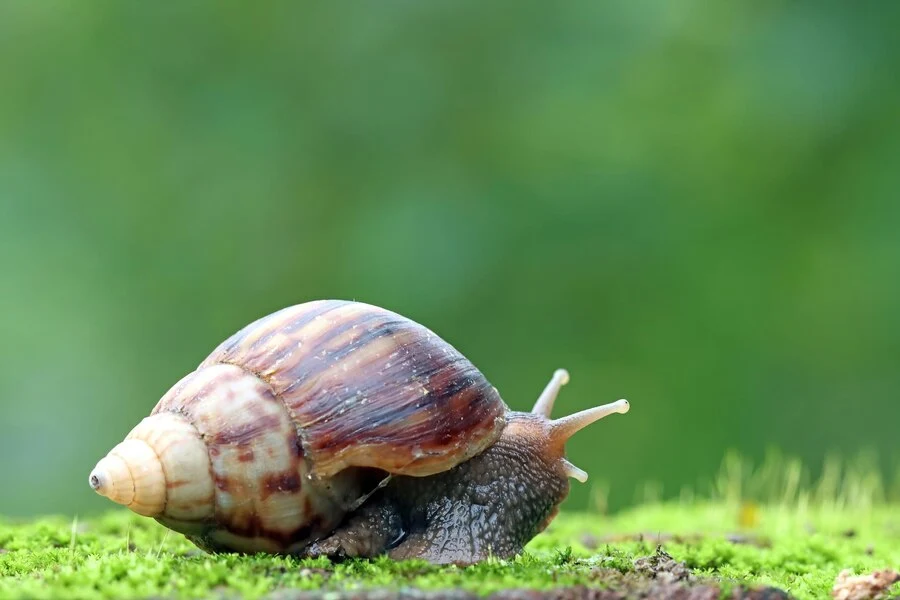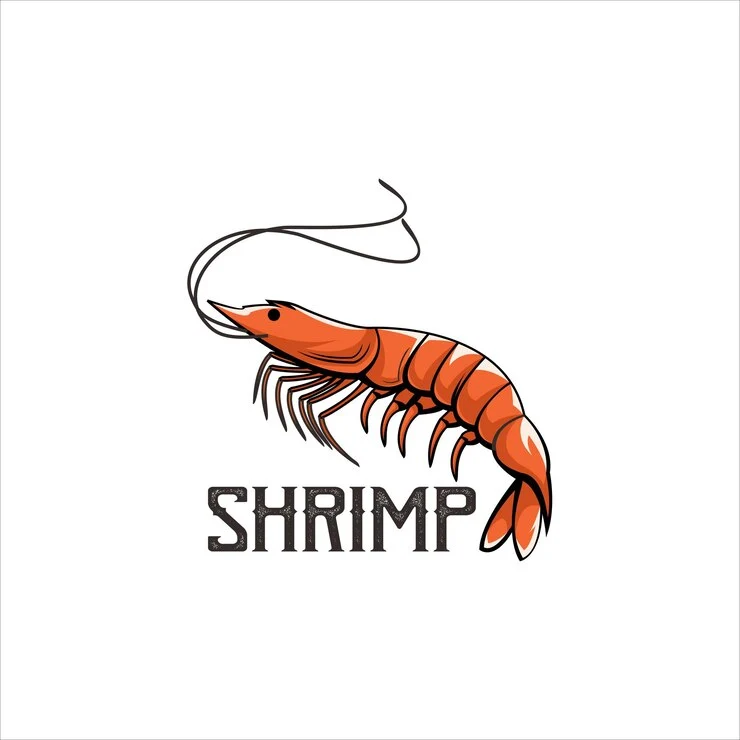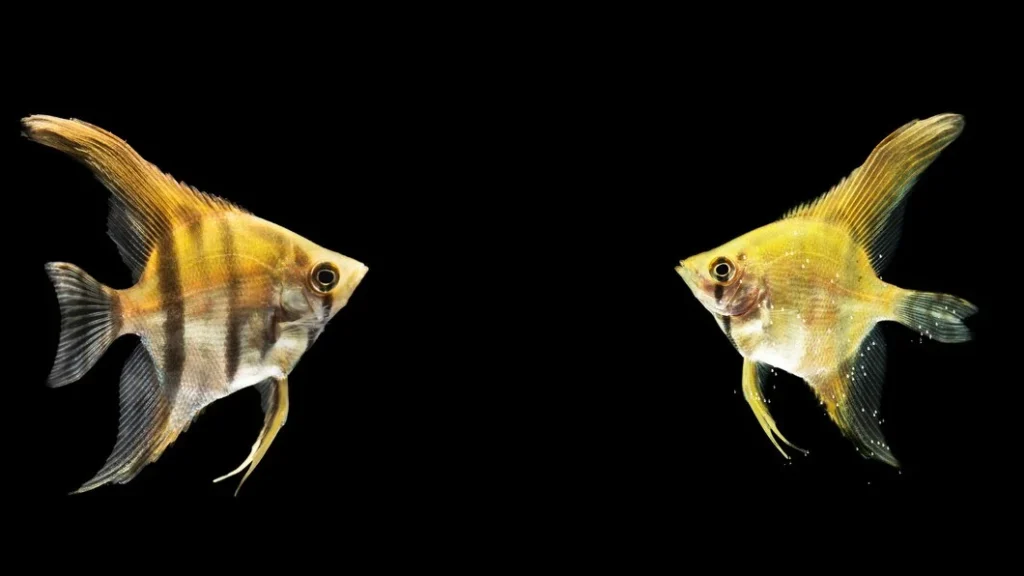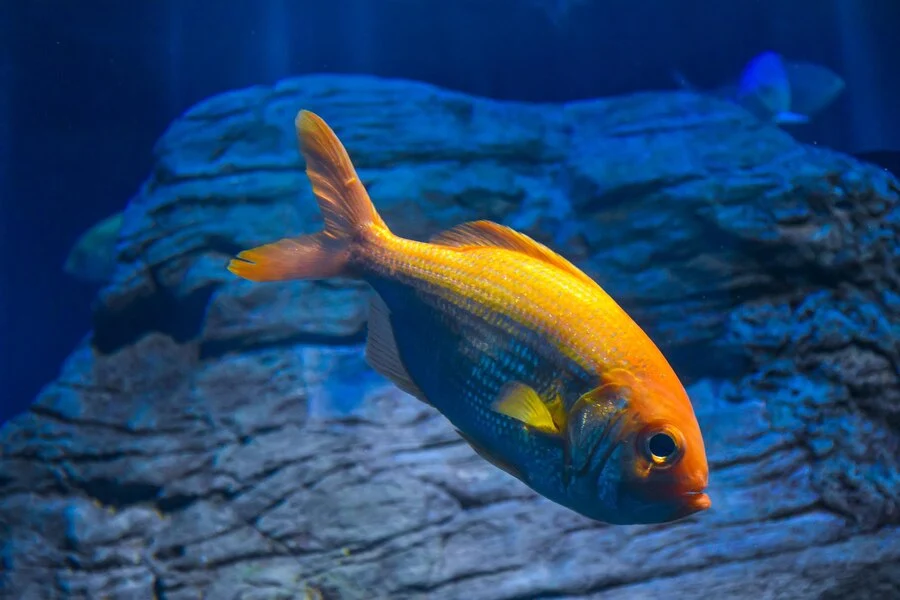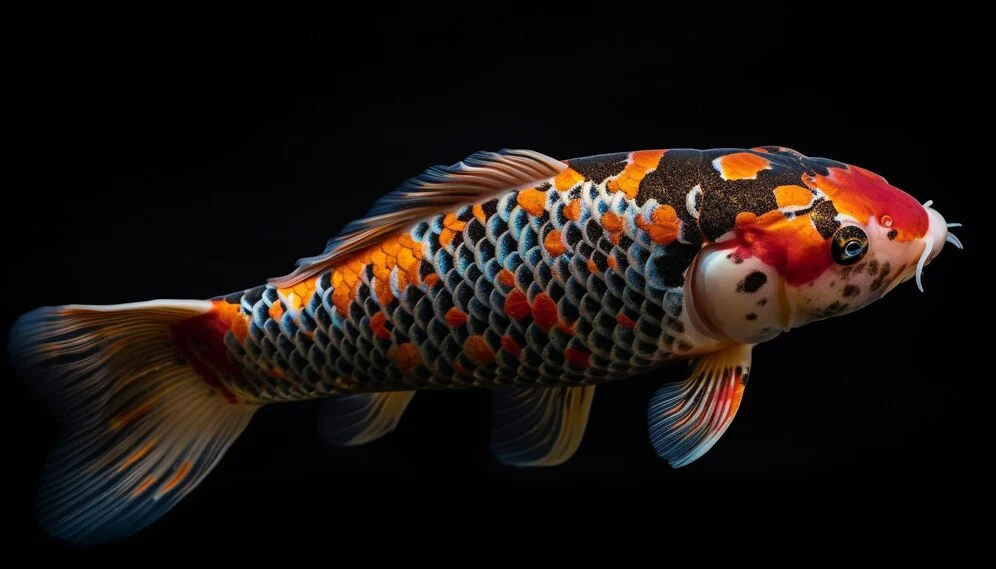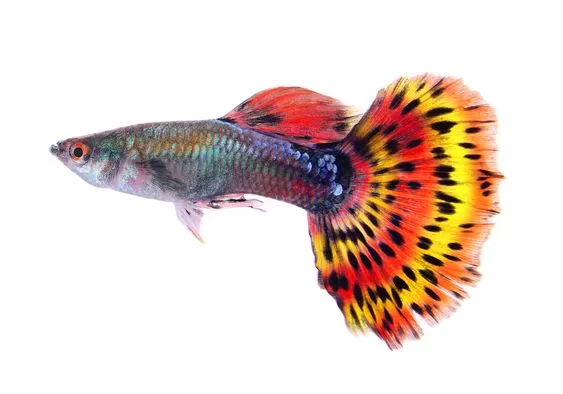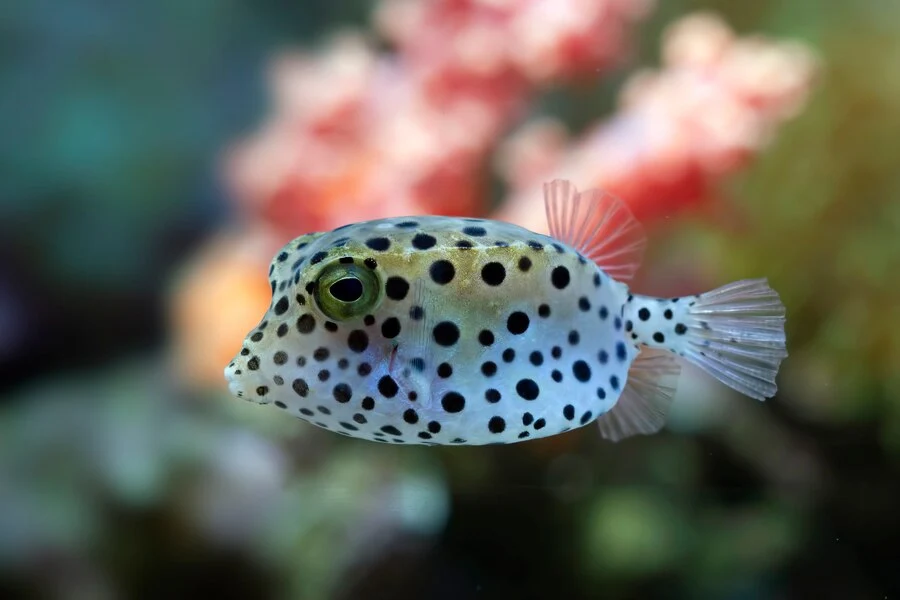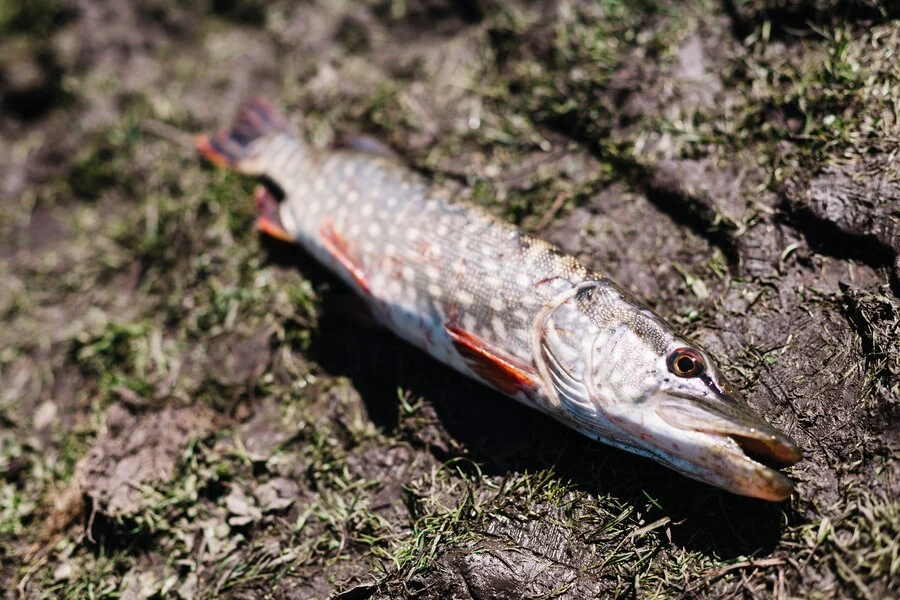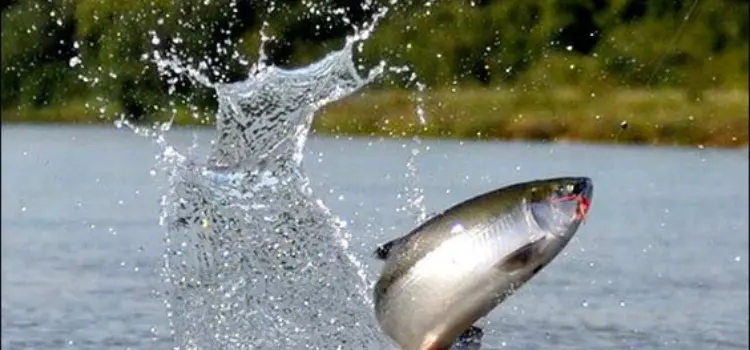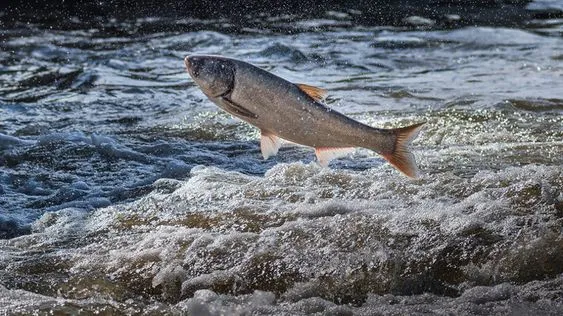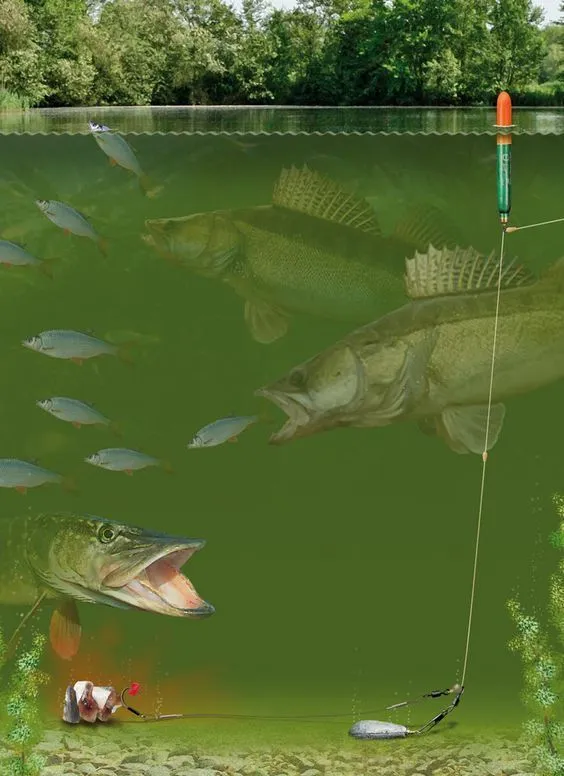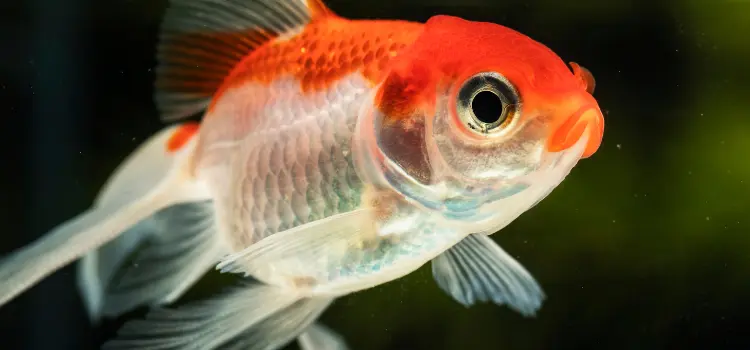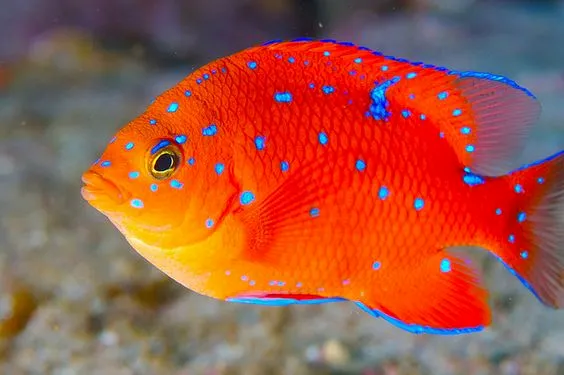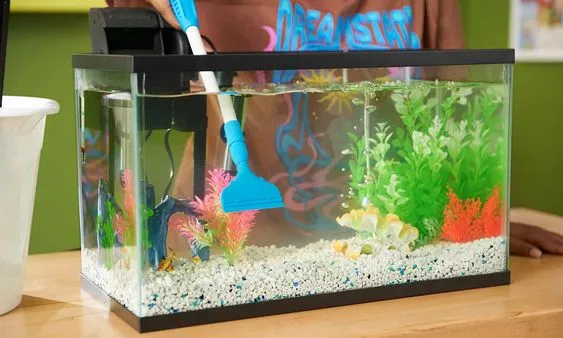Treating Popeye in Aquarium Fish
In the realm of aquarium fish care, ensuring the health and well-being of your aquatic companions takes precedence. One commonly encountered issue is Popeye, also known as exophthalmia, characterized by the swelling of one or both eyes. While treating this condition can be challenging, it’s remarkably simple to prevent with the right knowledge and care.
Identifying Popeye in Fish
Popeye in fish is marked by the protrusion of one or both eyes, which gives it the distinctive “popeye” moniker. The affected eye’s outer surface may appear white or cloudy. Popeye can be categorized as unilateral, affecting only one eye, or bilateral, affecting both eyes.
Understanding the Pathology of Popeye in Fish
The swelling of a fish’s eye in Popeye occurs when tissue fluid leaks into the area behind the eyeball. As this fluid accumulates, it exerts pressure, pushing the fish’s eyeball outward. In addition, Popeye often coincides with opportunistic bacterial infections. The cloudiness in the fish’s eye results from damage to the cornea, the transparent layer covering the pupil.
Popeye in fish is most commonly the result of prolonged exposure to chronically poor water conditions rather than acutely lethal ones. As a result, Popeye is frequently observed in overcrowded aquariums or those with infrequent water changes. It’s no surprise that this condition is prevalent in aquariums housing messy fish, particularly goldfish and large cichlids.
Distinguishing Unilateral from Bilateral Popeye in Fish
While bilateral Popeye is often a reaction to poor aquarium water conditions, unilateral Popeye may result from physical damage to the fish. In both cases, improving water quality in the aquarium is vital for the fish to recover. However, unilateral Popeye may necessitate additional considerations. Physical damage to the fish’s eye can result from rough handling, collisions, failed predation attempts, and aggression between fish.
Approaches to Treating Popeye in Fish
Popeye in fish poses a unique treatment challenge, as it involves three distinct sets of problems. Firstly, there is the issue of corneal damage. Secondly, there’s the accumulation of fluid behind the fish’s eyeball. Finally, there is the risk of opportunistic bacterial infection.
Minor corneal damage can improve over time with optimal water conditions and a balanced, vitamin-rich diet. Swelling of the fish’s eye will gradually diminish under the same conditions. Using Epsom salt at a dose of 1 to 3 teaspoons per 5 gallons of water can help reduce swelling. It’s worth noting that Epsom salt can be used in both freshwater and saltwater aquariums, but it’s most effective in a quarantine tank rather than the main display aquarium.
For bacterial infections, antibiotics and antibacterials similar to those used for fin rot can be useful in preventing corneal damage from progressing into full-blown Popeye. However, once Popeye has developed, different medications are required, preferably administered in the fish’s food rather than added to the water.
The Prognosis for Fish with Popeye
With prompt treatment and a conducive environment, Popeye in fish can improve over time. It takes weeks or even months for the swelling to subside, and corneal damage can be slow to heal. In severe cases, the fish’s eye may never fully recover, and in extreme situations, the eye may deteriorate and detach from the fish. Blindness in one eye, however, does not significantly incapacitate fish, although visually hunting carnivorous fish may face some challenges. Keeping such fish away from aggressive competitors and using forceps for feeding can be helpful.
Since Popeye is often a consequence of poor aquarium conditions, affected fish may also suffer from other health issues. While Popeye alone is unlikely to be fatal, it can contribute to other problems, such as septicemia and Hexamita infections.
Preventing Popeye in Fish
Preventing Popeye in fish primarily revolves around maintaining optimal water quality. Nitrate levels above 20 mg/l are indicative of overstocking, overfeeding, or insufficient water changes, factors that make Popeye more likely.
To prevent physical damage to fish eyes, avoid clumsy handling and use fish nets carefully. Some fish, especially nervous species, are more prone to injuring their eyes when alarmed, such as by bumping into abrasive rocks or aquarium walls. Mix fish species cautiously to avoid clashes that could lead to injuries.
Lastly, consider the lighting in your aquarium. Turning on the lights abruptly can startle fish and cause them to thrash about, potentially injuring themselves. Ensure a gradual transition in lighting to avoid such issues.
Conclusion
In conclusion, preventing and treating Popeye in aquarium fish requires vigilance in maintaining water quality, handling fish with care, and paying attention to lighting. By following these guidelines, you can provide your fish with a healthy and safe environment, minimizing the risk of this condition.



